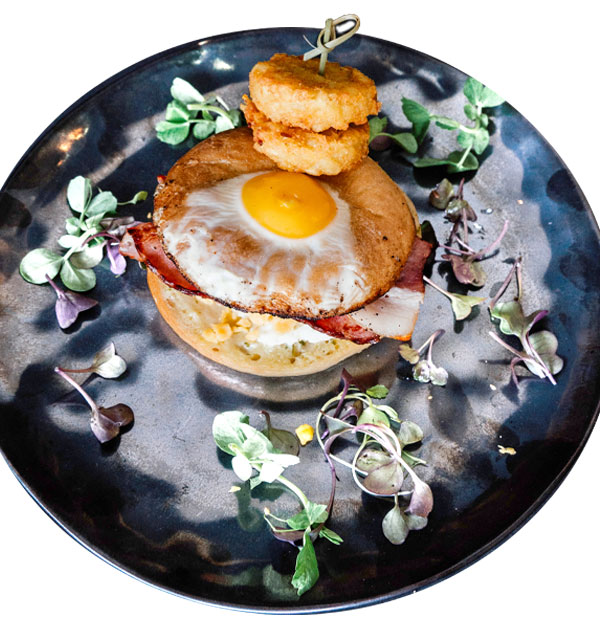
Mastering Macarons: Tips for Perfecting the French Treat
Macarons, those delicate, colourful confections, have captured the hearts (and taste buds) of dessert lovers all over the world. These French treats are not only beautiful but also notoriously tricky to master, requiring precision and patience. In this blog, we’ll explore essential tips for perfecting macarons, ensuring your baking endeavours yield delicious results.
Understanding Macarons
Before diving into the tips, it’s important to understand what makes macarons special. These treats are made from almond flour, egg whites, and sugar, resulting in a light and airy texture that contrasts beautifully with their rich fillings, such as ganache, buttercream, or fruit preserves. The key features of a perfect macaron include a smooth shell, a chewy interior, and that signature “foot” at the base.

Tips for Perfecting Macarons
Weigh Your Ingredients
Baking is a science, and precision is crucial when making macarons. Invest in a digital scale to weigh your ingredients accurately. Using measurements by volume (like cups) can lead to inconsistencies, affecting your batter’s texture and structure.
Sift Your Almond Flour and Icing Sugar
To achieve the smooth texture of macarons, it’s essential to sift the almond flour and icing sugar together. This process removes any lumps and combines the two ingredients, ensuring an even distribution of fat and sugar throughout the batter.
Master the French Meringue
The meringue is the backbone of your macarons. For a French-style macaron, gently beat room-temperature egg whites (around 100 grams) until they become foamy. Gradually add in 50 grams of granulated sugar until stiff peaks form. The meringue should be glossy and hold its shape firmly. Be careful not to overbeat, or your meringue could become dry.
Explore Our Cake Gallery
Use Proper Folding Technique
When combining the meringue with your dry ingredients, it’s crucial to use the proper folding technique. This method incorporates air without deflating the batter. Use a spatula to cut through the mixture, scrape along the edges of the bowl, and then lift the batter. The goal is to create a smooth, flowing consistency that resembles lava. If the batter is too thick, your macarons may not rise properly.
Pipe with Precision
Use a piping bag fitted with a round trip to create even circular shapes. To ensure consistency, you can place a template under your parchment paper with circles for guidance. Pipe the batter using steady pressure and lift the bag straight up to avoid peaks on top of your macarons.
Let Them Rest
Once piped, allow your macarons to rest at room temperature for 30 to 60 minutes or until a skin forms on the surface. This process is essential as it helps create the signature “foot.” If you touch the surface lightly and it doesn’t stick to your finger, they are ready for the oven.
Bake at the Right Temperature
Preheat your oven to a consistent temperature (approximately 150°C to 175°C). Each oven varies, so consider using an oven thermometer for accuracy. Bake your macarons in batches to avoid overcrowding. You may need to rotate the trays halfway through baking to ensure even cooking.
Cool and Fill
Once baked, allow the macarons to cool completely on the baking sheet before transferring them to a wire rack. This step is crucial as it helps prevent breaking. Once they’re cool, pair similar-sized shells and fill them with your desired filling—remember, less is more; use a small amount to avoid overflow!
Let Them Mature
While it’s tempting to dig in right away, macarons often taste better after resting in the refrigerator for 24 hours. This maturation process allows flavours to meld and softens the shell with filling for delightful texture.
Practice Makes Perfect
Don’t be discouraged if your first batch of macarons doesn’t turn out perfectly! Baking is a journey that takes time and practice. Take notes on what works and what doesn’t; experiment with flavours and keep practicing! Every attempt brings you closer to achieving the perfect batch.
Conclusion
Macarons may initially seem daunting, but with patience and practice, anyone can create these exquisite treats. By following these tips, you’ll be well on your way to crafting beautiful and delicious confections that will impress family and friends.
So, gather your ingredients, roll up your sleeves, and indulge in the sweet science of macarons—your taste buds will thank you. If you’re eager to learn more or find quality ingredients for your baking adventures, visit the Benitas website or follow us on Instagram and Facebook to learn more about us.
Discover a world of culinary inspiration and take your macaron-making skills to the next level.
Happy baking!










